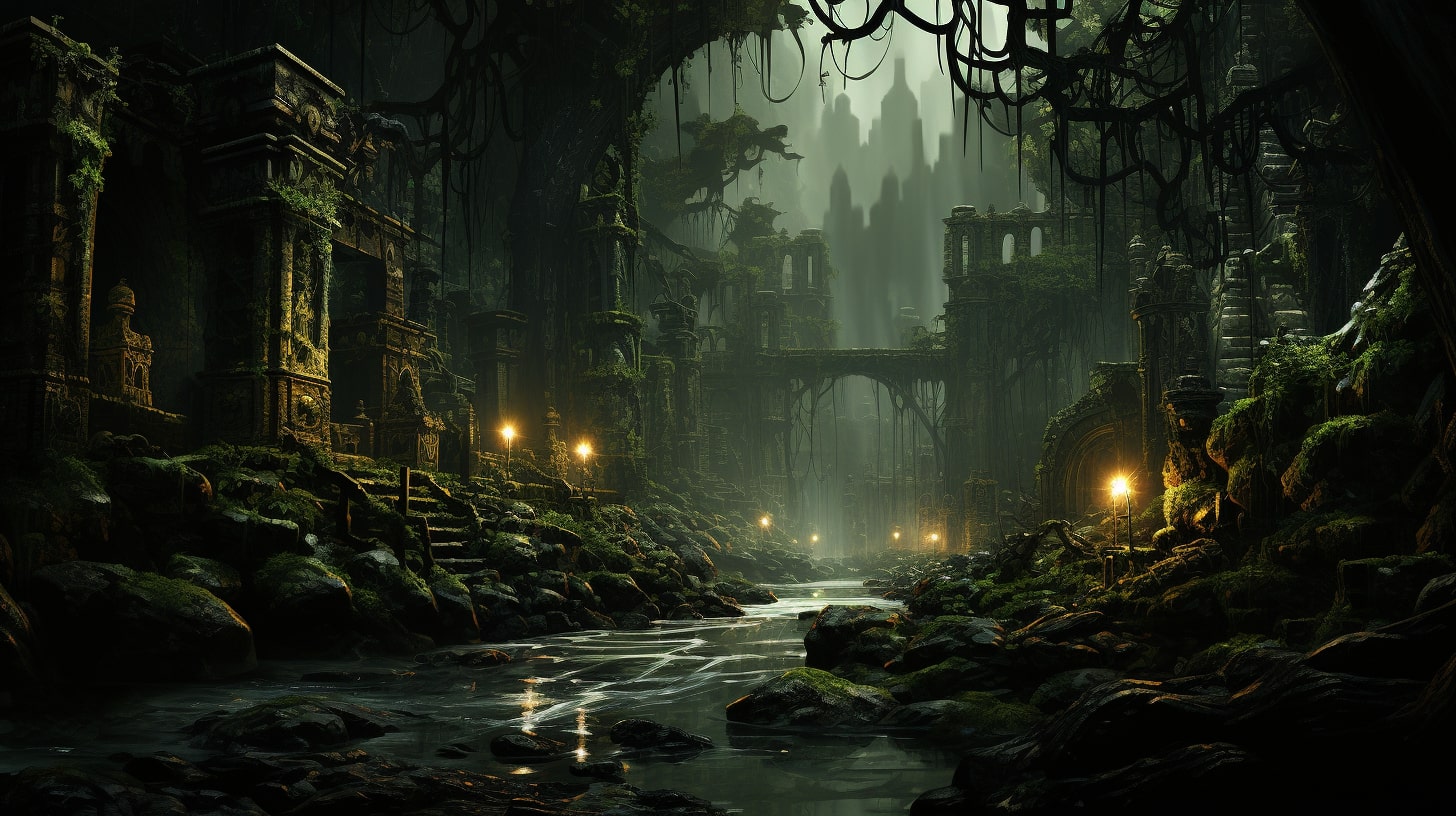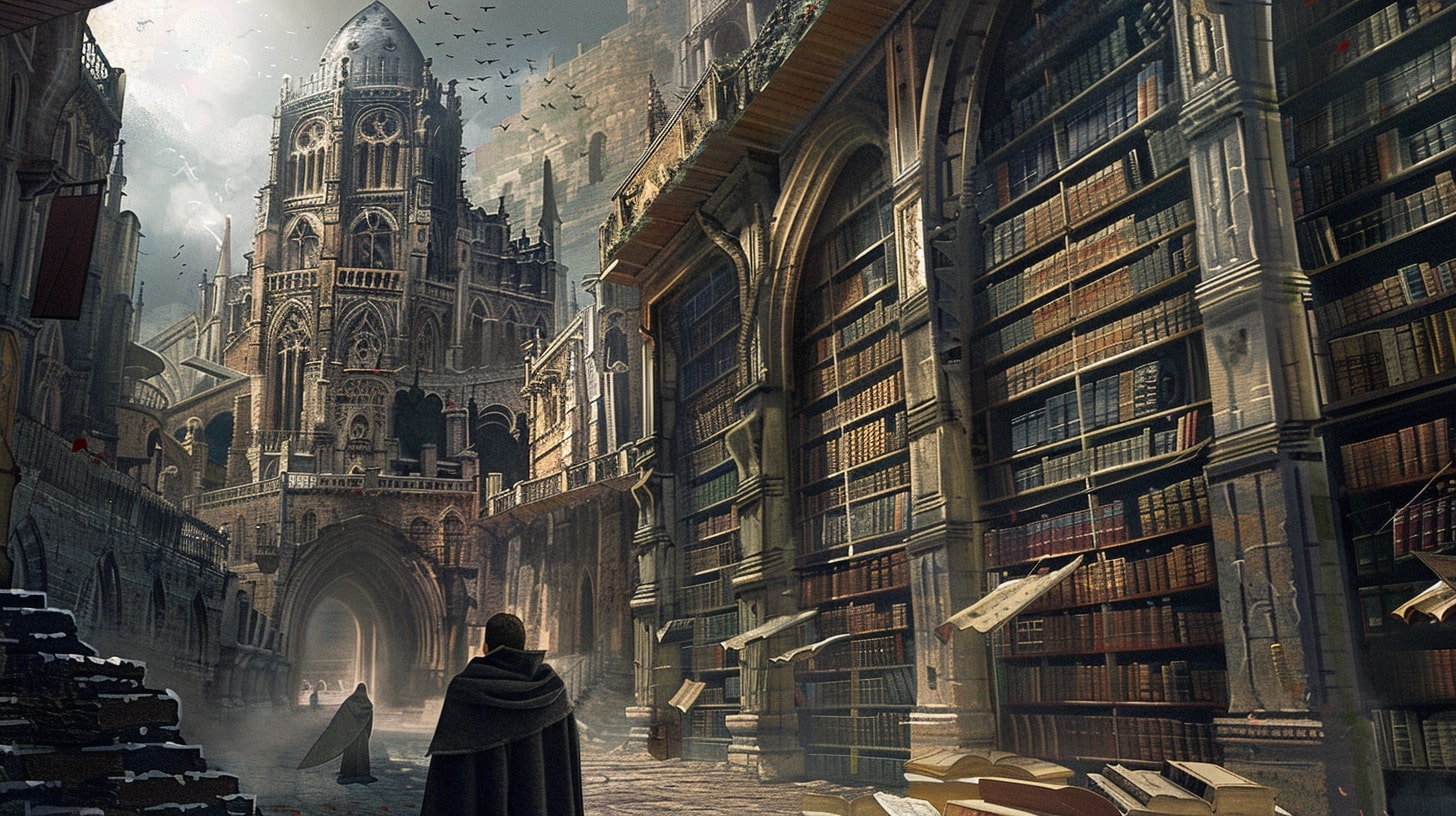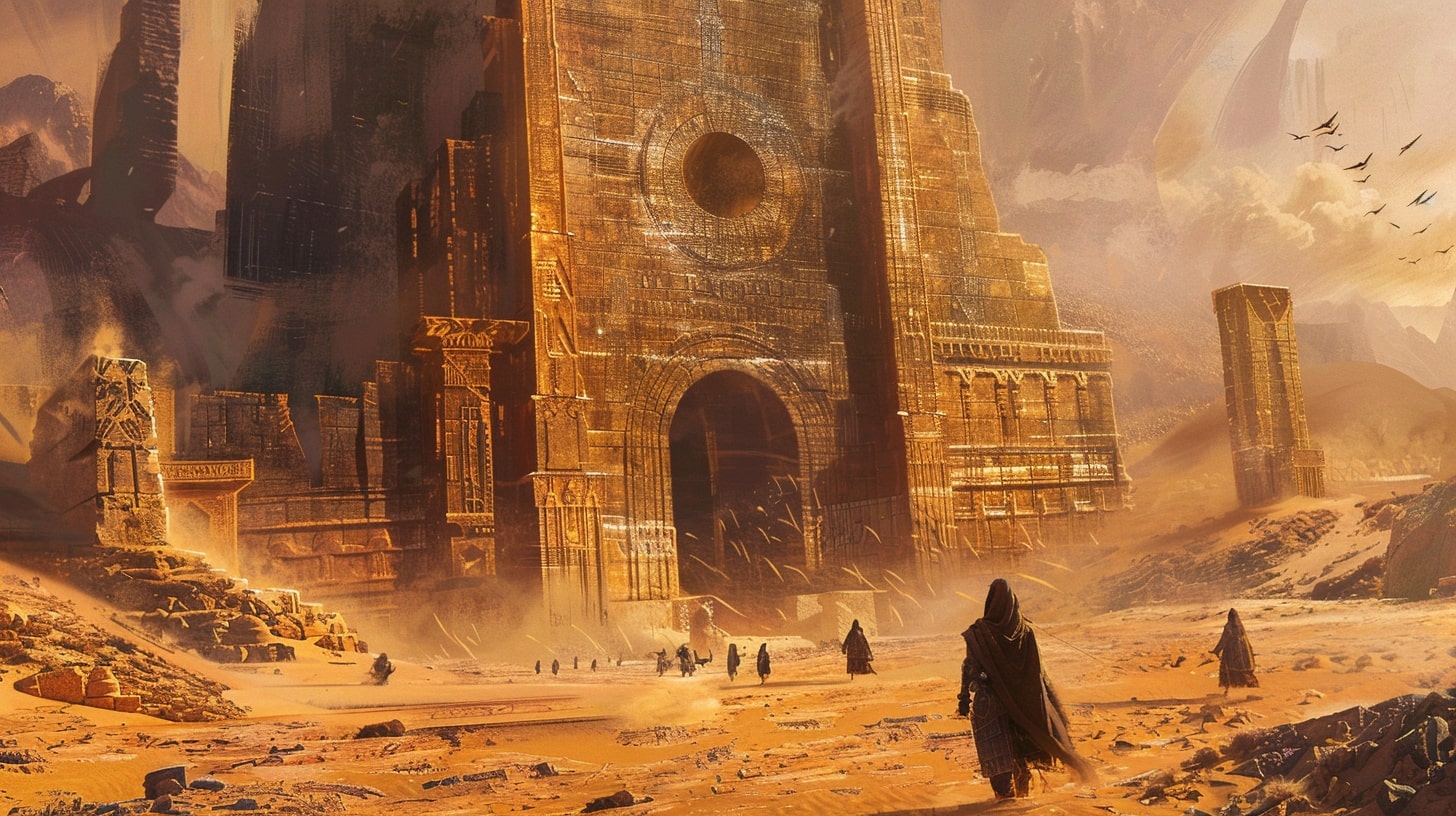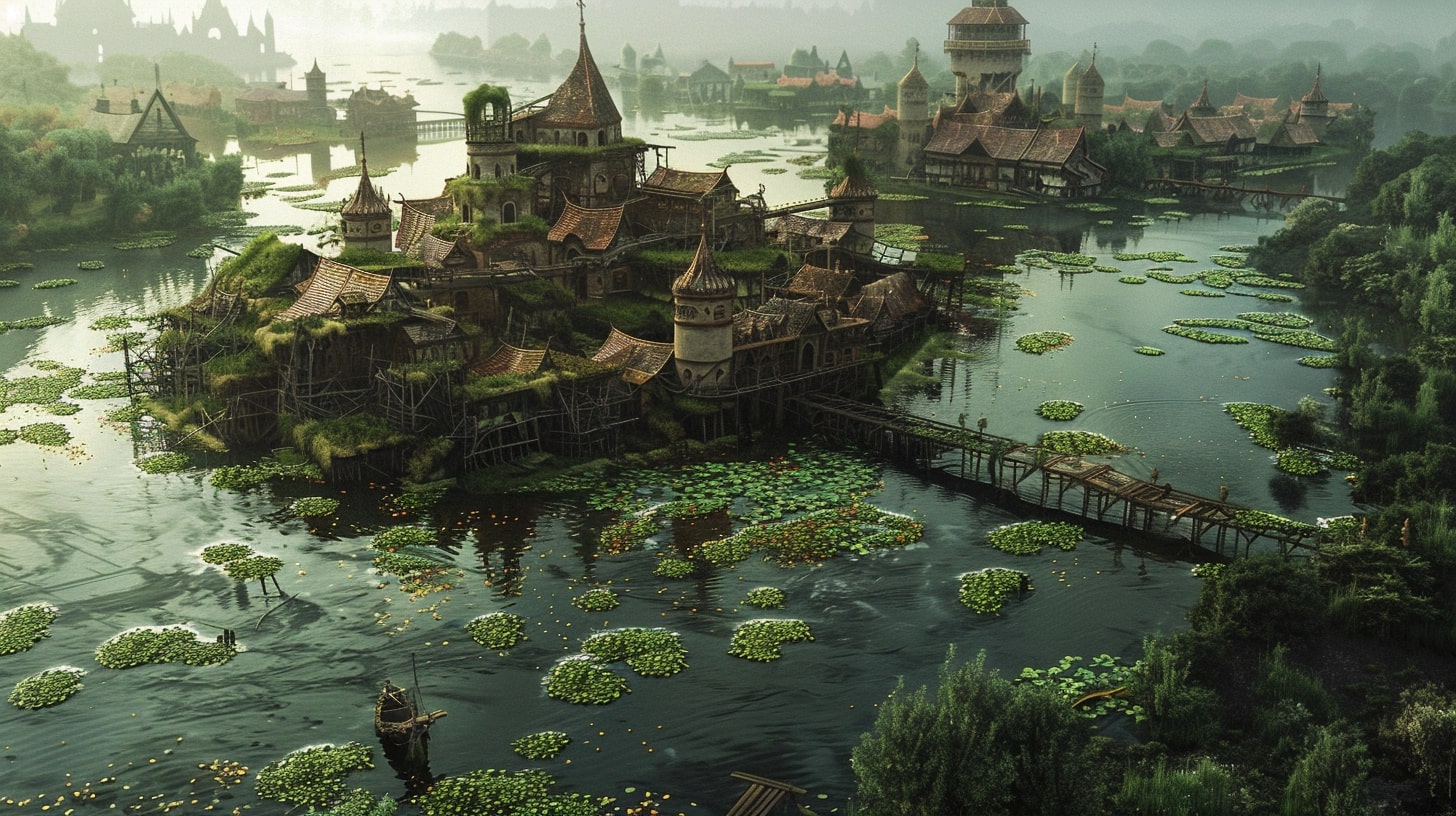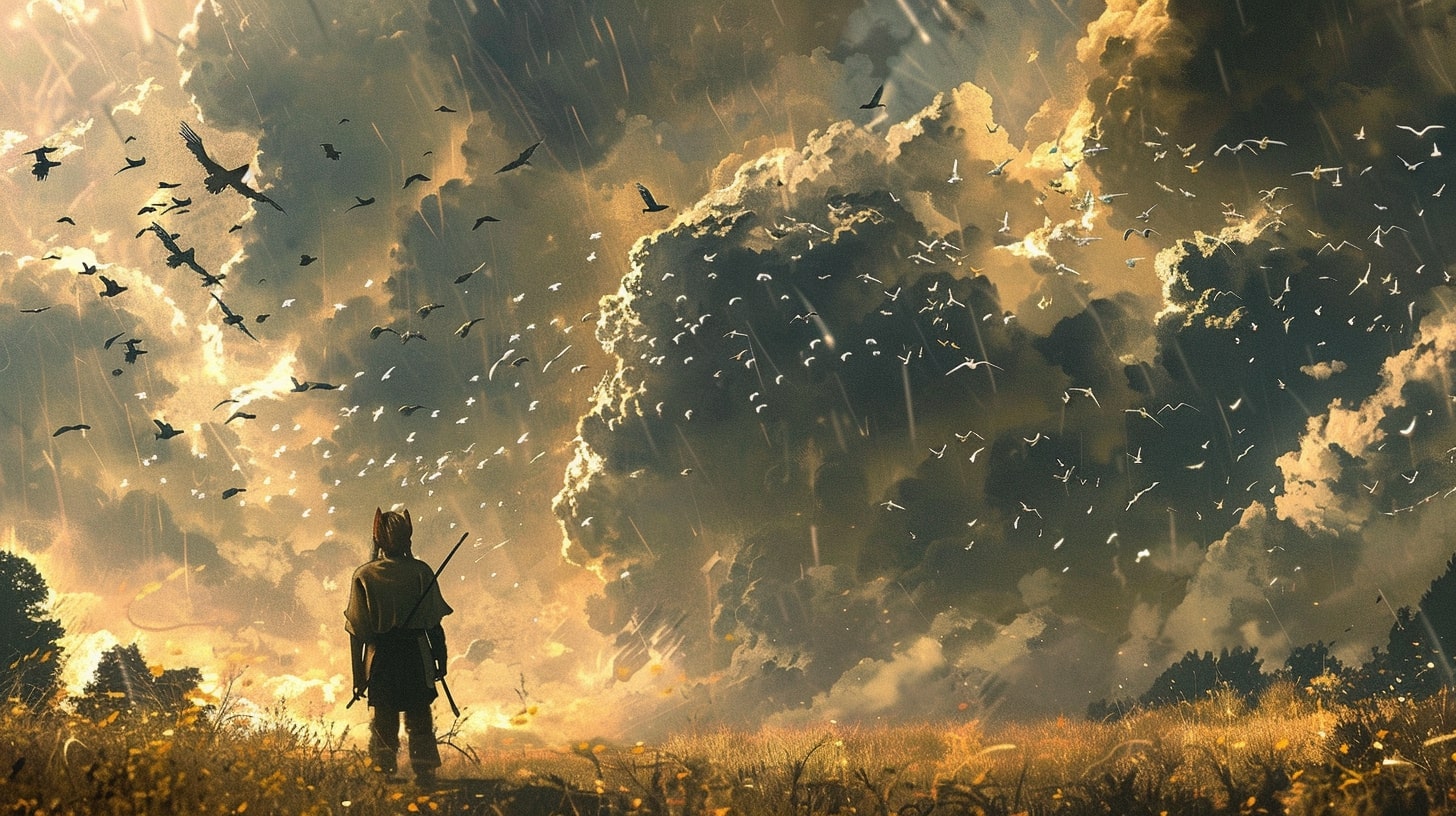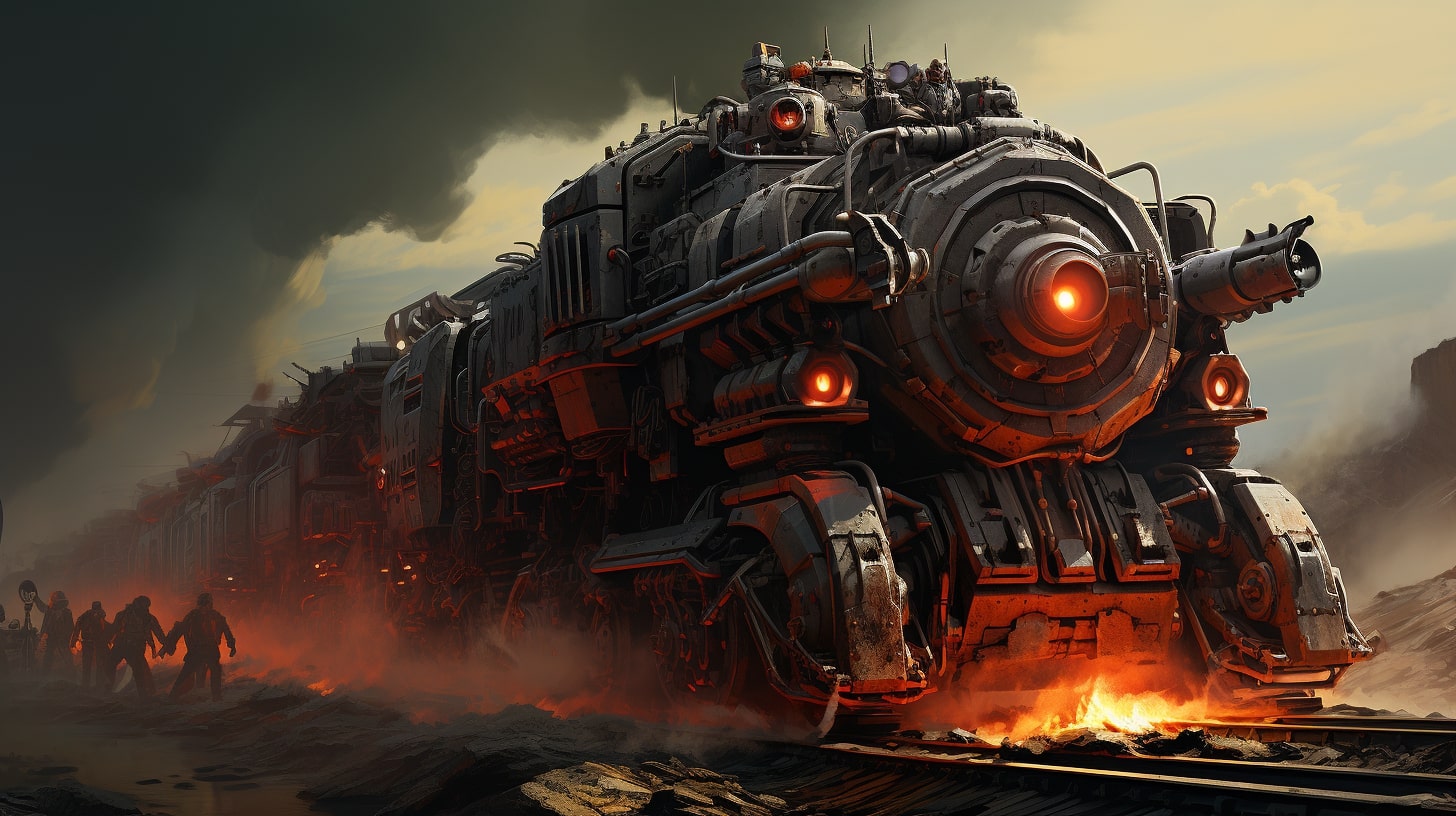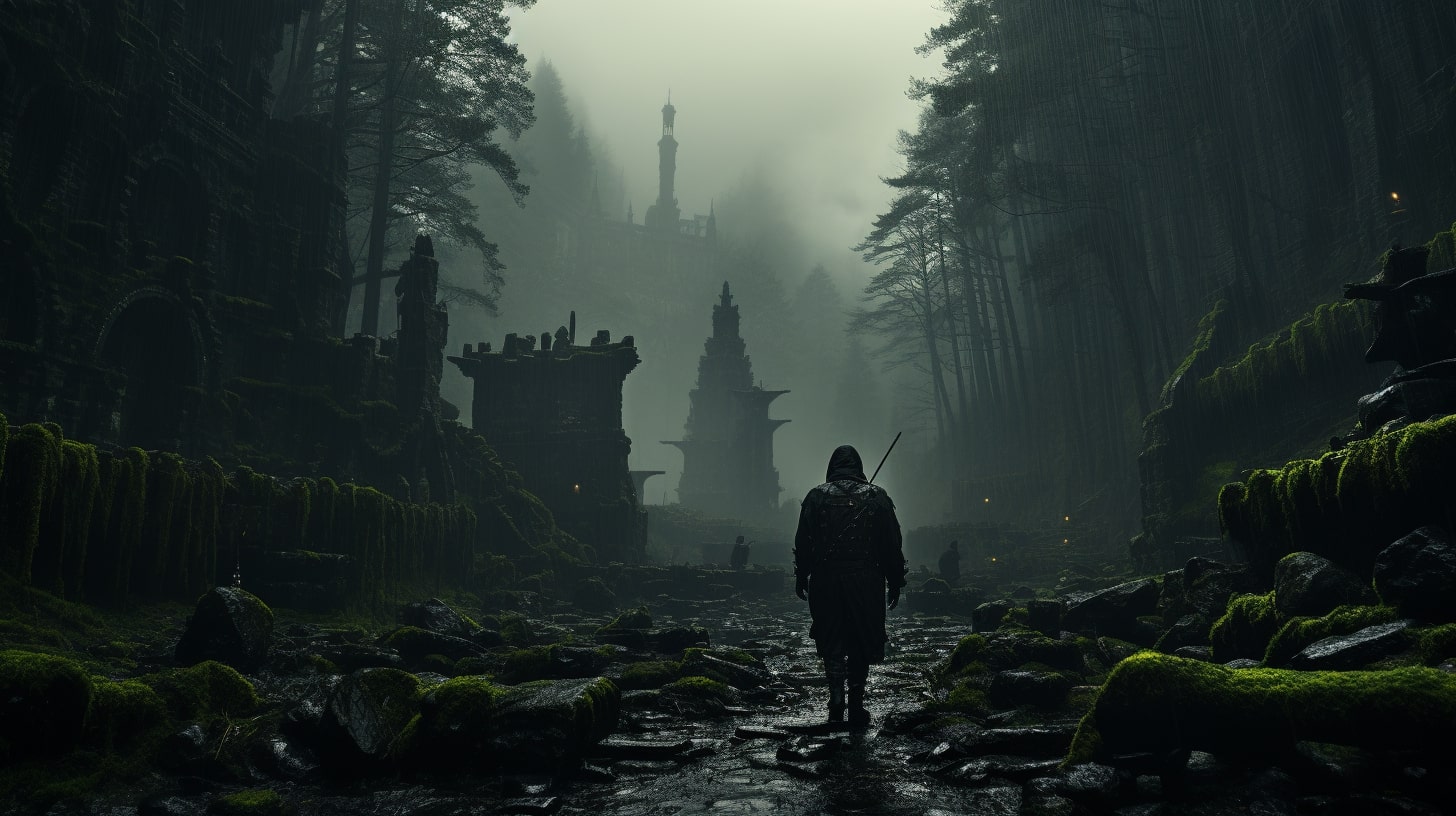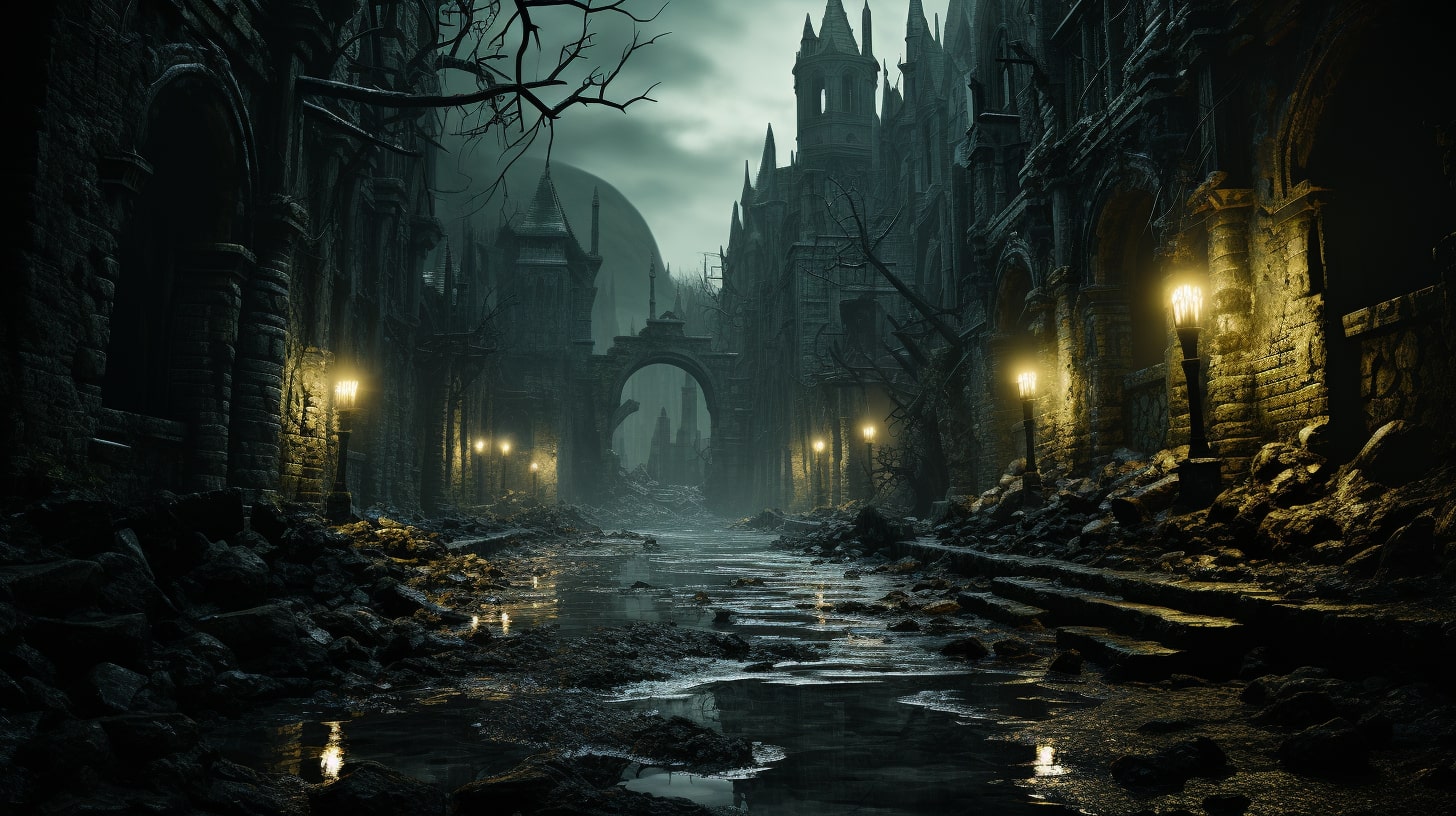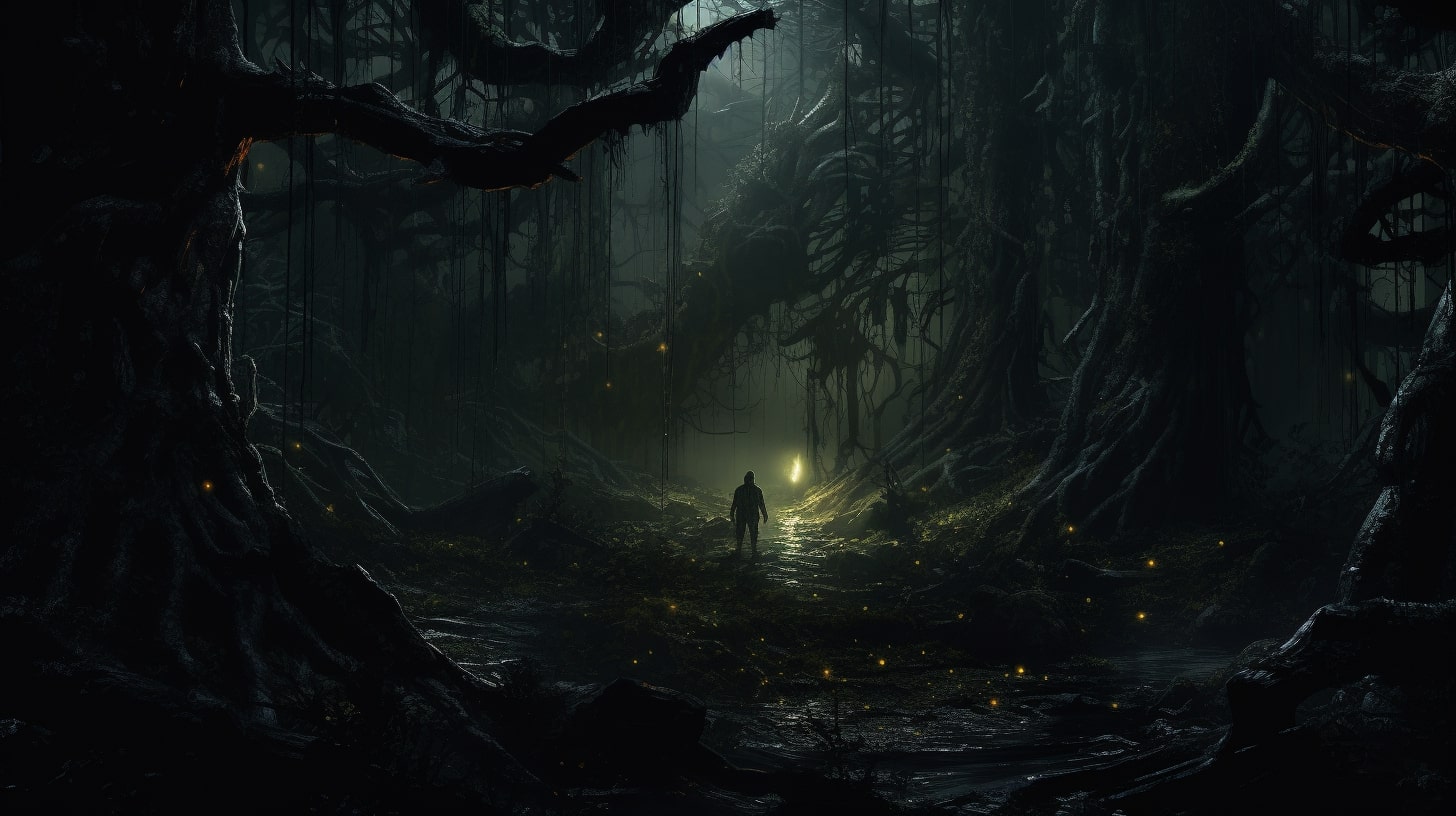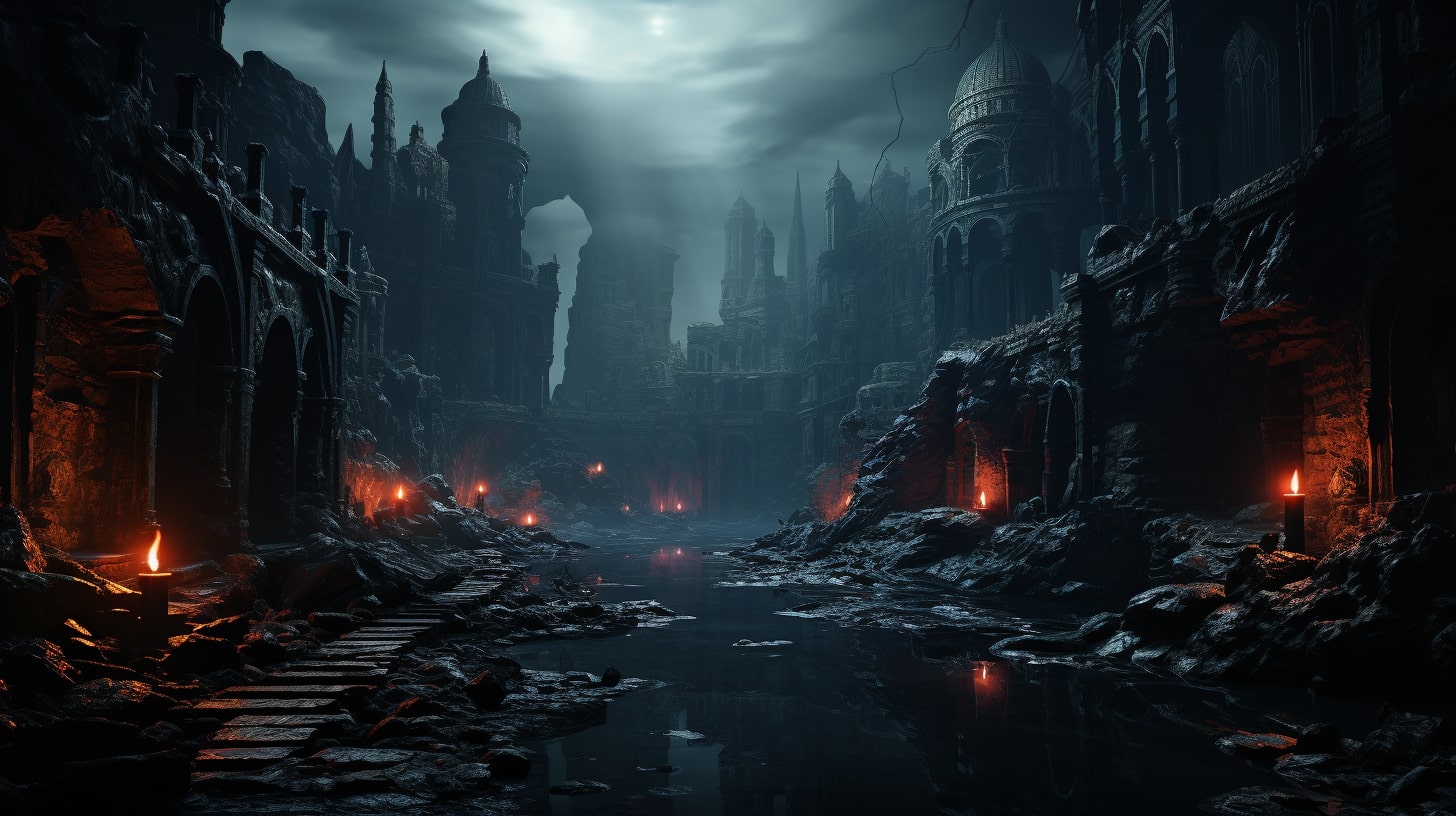The Power of Worldbuilding
Worldbuilding is a fundamental aspect of writing fantasy novels. It is the process of creating a rich and immersive fictional world that captivates readers and brings your story to life.
Through worldbuilding, you have the opportunity to craft unique settings, cultures, and magic systems that transport your readers into a realm of imagination.
But this can only happen if you master the basic worldbuilding techniques.
What is Worldbuilding?
Worldbuilding is the art of constructing a comprehensive and coherent fictional world that serves as the backdrop for your story. It involves developing various elements such as geography, history, cultures, societies, magic systems, and more. By meticulously crafting these aspects, you create a believable and engaging world that resonates with your readers.
To get started with worldbuilding, it’s helpful to ask yourself questions about your story’s universe. Consider aspects like the climate, geography, races, technology, and political systems. By delving into the details and intricacies of your world, you can create an immersive experience that enhances your storytelling.
For inspiration and ideas on worldbuilding, you can explore resources such as worldbuilding ideas and worldbuilding prompts. These tools can help spark your creativity and guide your exploration of different aspects of your fictional world.
Why Worldbuilding is Essential for Fantasy Authors
Worldbuilding is essential for fantasy authors because it adds depth, richness, and believability to your story. By creating a detailed and well-developed world, you provide a solid foundation for your narrative to unfold. A well-built world not only enhances the reading experience but also allows for exploration of themes, cultures, and conflicts unique to your story.
Through worldbuilding, you have the opportunity to transport your readers to a realm where the impossible becomes possible. It allows you to establish rules, systems, and limitations within your world, giving your story a sense of structure and realism. By immersing your readers in a meticulously crafted world, you can captivate their imagination and keep them engaged throughout your story.
Additionally, worldbuilding provides a platform for exploring themes and social issues. By integrating elements such as politics, religion, and cultural norms into your world, you can reflect and comment on real-world issues in a thought-provoking and allegorical manner.
As a fantasy author, embracing the power of worldbuilding enables you to create a truly unique and unforgettable reading experience. By investing time and effort into developing your fictional universe, you lay the groundwork for a compelling story that will resonate with your readers.
In the next sections, we will explore the key elements of worldbuilding and the techniques you can employ to create an immersive world for your fantasy novel.

Worldbuilding Techniques: Key Elements
When it comes to worldbuilding, there are several key elements that you need to consider in order to create a rich and immersive world for your fantasy story. These elements include creating a compelling setting, developing believable cultures and societies, and crafting intricate magic systems.
Creating a Compelling Setting
A compelling setting is the foundation of your world. It encompasses the physical environment, such as the geography, climate, and architecture, as well as the cultural and historical context of your world.
The world of Andrascu feels empty without its giant continent that encompasses an ocean.
To create a compelling setting, you can start by considering the following aspects:
Geography: Develop the landforms, bodies of water, and natural features of your world. Think about the impact of geography on your story, such as how it influences travel, resources, and the distribution of different cultures and societies. For more guidance, check out our article on worldbuilding geography.
Climate: Determine the climate zones and weather patterns that exist in your world. Consider how these factors affect the daily lives of your characters and the overall dynamics of your story. Our article on worldbuilding climate can provide you with further insights.
Architecture: Visualize the architectural styles and structures that exist in your world. Whether it’s towering castles, intricate temples, or bustling cities, the architecture helps to shape the atmosphere and aesthetics of your setting. For more inspiration, take a look at our article on worldbuilding architecture.
Developing Believable Cultures and Societies
Believable cultures and societies are essential for creating a vibrant and authentic world. These elements encompass the social structures, customs, beliefs, and traditions of the various groups that inhabit your world. To develop believable cultures and societies, consider the following:
Cultural Diversity: Create diverse cultures with their own distinct practices, values, and traditions. Explore different aspects such as language, religion, social hierarchy, and daily rituals. Our article on worldbuilding cultures can provide you with more guidance on this topic.
History and Mythology: Develop a rich history and mythology for your world. Consider the events and legends that have shaped your cultures and societies. This adds depth and complexity to your world, making it feel more realistic. Check out our article on worldbuilding history for tips on creating a compelling backstory.
Politics and Power Dynamics: Examine the political systems and power structures within your world. Explore the relationships between different factions and how they influence the lives of your characters. Our article on worldbuilding politics can provide you with further insights.
Crafting Intricate Magic Systems
If magic exists in your world, crafting an intricate and well-defined magic system is crucial. A well-developed magic system adds depth to your story and provides a framework for how magic works. Consider the following when crafting your magic system:
Rules and Limitations: Define the rules and limitations of your magic system. Establish what magic can and cannot do, as well as the consequences of using magic. This helps to create tension and conflict in your story. For more guidance, check out our article on worldbuilding magic system.
Origins and Sources: Determine the origins and sources of magic in your world. Is it innate within certain individuals, derived from external forces, or a combination of both? Understanding the source of magic adds depth to your world and helps to shape the narrative.
Variety and Specializations: Explore the different types and specializations of magic in your world. Consider how magic is practiced, learned, and mastered by individuals or groups. This diversity adds complexity and intrigue to your story.
By focusing on these key elements of worldbuilding, you can create a captivating and immersive world for your fantasy story. Remember to consider the interplay between the setting, cultures and societies, and magic systems, as they all contribute to the overall richness and believability of your world.

Techniques for Effective Worldbuilding
When it comes to worldbuilding, there are several techniques that can help you create a rich and immersive fictional world for your readers to explore. By employing these techniques, you can establish a strong foundation, build consistency and coherence, and pay attention to crucial details that bring your world to life.
Establishing a Strong Foundation
To begin your worldbuilding journey, it’s important to establish a strong foundation for your fictional world. This involves answering fundamental questions about your world, such as its history, geography, and the races or species that inhabit it. By creating a solid groundwork, you provide a sturdy framework upon which you can build the rest of your world.
Consider developing a detailed worldbuilding guide or using worldbuilding prompts to help you brainstorm ideas and ensure you cover all the essential elements. This foundation serves as the backbone of your world and sets the stage for the stories and adventures that will unfold within it.
Building Consistency and Coherence
Consistency and coherence are key principles in worldbuilding. It’s important to ensure that your world remains internally consistent, meaning that the rules and characteristics you establish are maintained throughout your narrative. This consistency helps to create a believable and immersive experience for your readers.
Consider creating a worldbuilding checklist to keep track of important details and ensure that you maintain consistency across various aspects of your world, such as its geography, cultures, and magic systems. By adhering to these established rules, you create a coherent and cohesive world that feels authentic and realistic.
Paying Attention to Details
Worldbuilding is all about the intricate details that make your world come alive. Paying attention to these details can add depth and richness to your fictional world. Consider elements such as the architecture, fashion, food, and customs of different cultures within your world. These details contribute to the overall atmosphere and help your readers immerse themselves in the world you’ve created.
To help you keep track of these details, consider creating a worldbuilding timeline or using worldbuilding maps to visualize the different regions and landmarks within your world. These tools can assist you in maintaining consistency and ensuring that your details align with the broader narrative.
By employing these techniques, you can effectively build a captivating world that readers will be eager to explore. Remember to establish a strong foundation, maintain consistency and coherence, and pay attention to the intricate details that bring your world to life. Happy worldbuilding!
Note: If you’re looking for more in-depth guidance and resources for worldbuilding, check out our article on worldbuilding resources.
Tools and Resources for Worldbuilding
When it comes to worldbuilding, having the right tools and resources can greatly enhance your creative process. Here are some essential tools and resources that can assist you in bringing your imagined world to life:
Mapping and Visualizing Your World
Creating a visual representation of your world can be immensely helpful in keeping track of locations, distances, and the overall geography of your fictional realm. Use mapping software or online tools specifically designed for worldbuilding maps to bring your vision to reality. These tools allow you to customize terrain, add landmarks, and even depict climate zones. Check out our article on worldbuilding maps for more information and recommendations.
Researching and Drawing Inspiration
Research is a vital component of worldbuilding. Take the time to delve into various subjects like history, culture, architecture, and mythology to draw inspiration for your world. Utilize online resources, books, documentaries, and even visit local museums to gather ideas and insights. The more knowledge you acquire, the more depth and authenticity you can infuse into your creation. For further inspiration, visit our article on worldbuilding inspiration.
Seeking Feedback and Collaboration
Worldbuilding can be a collaborative and iterative process. Seeking feedback from other writers or worldbuilding communities can provide fresh perspectives and constructive criticism. Engage in discussions, share your ideas, and ask for input to refine your world further. Collaborating with others who share your passion for worldbuilding can lead to exciting collaborations and the opportunity to learn from one another. Join online forums, writing groups, or even attend local meetups to connect with fellow worldbuilders. For more resources and tips on worldbuilding, check out our article on worldbuilding resources.
By utilizing these tools and resources, you can enhance your worldbuilding process and create a rich and immersive fictional world. Remember to explore different techniques, experiment with ideas, and let your imagination soar. Happy worldbuilding!
Bringing Your World to Life
Now that you have laid the foundation of your world through key elements of worldbuilding and utilized effective worldbuilding techniques, it’s time to bring your world to life within your story. By seamlessly integrating worldbuilding into your narrative, balancing it with the overall story arc, and inviting readers to explore your world, you can create an immersive and engaging reading experience.
Integrating Worldbuilding into Your Story
To make your world feel organic and immersive, it’s important to integrate worldbuilding seamlessly into your story. Rather than overwhelming readers with lengthy exposition or info-dumps, introduce elements of your world gradually and organically as the story unfolds. This allows readers to discover and understand your world alongside the characters, creating a sense of wonder and immersion.
Consider incorporating worldbuilding details through dialogue, character actions, and vivid descriptions. Show how your characters interact with the unique aspects of your world, such as its cultures, technologies, or magical systems. By weaving worldbuilding into the narrative, you can enhance the reader’s understanding of the world while keeping them engaged in the story.
Balancing Worldbuilding and Narrative
While worldbuilding is essential, it’s important to strike a balance between worldbuilding and narrative progression. Too much focus on worldbuilding can slow down the pacing of your story, while too little can leave readers feeling disconnected from the world you’ve created. Aim for a balance that allows your world to enhance the story without overshadowing it.
Consider the pacing and flow of your narrative, incorporating worldbuilding elements at appropriate moments to enhance the reader’s understanding and enjoyment. Use worldbuilding to create tension, conflicts, and challenges that your characters must navigate, adding depth and richness to their journey. Remember to keep the story and character development at the forefront while allowing the world to serve as a captivating backdrop.
Inviting Readers to Explore Your World
One of the joys of worldbuilding is inviting readers to explore and engage with the intricacies of your world. Consider providing opportunities for readers to delve deeper into your world beyond the main narrative. This can be done through companion materials, online resources, or bonus content that expands on specific aspects of your world.
Additionally, consider incorporating interactive elements within your story, such as maps, glossaries, or appendices, that provide readers with additional context and information. This allows readers to immerse themselves further in your world and fosters a sense of connection and investment.
By incorporating these techniques, you can effectively bring your world to life, creating a captivating and immersive reading experience for your audience. Remember to integrate worldbuilding seamlessly into your story, balance it with the narrative, and provide opportunities for readers to explore your world beyond the main narrative. With these strategies, your worldbuilding efforts will pay off, transporting readers from their reality to the vivid world you’ve created.




